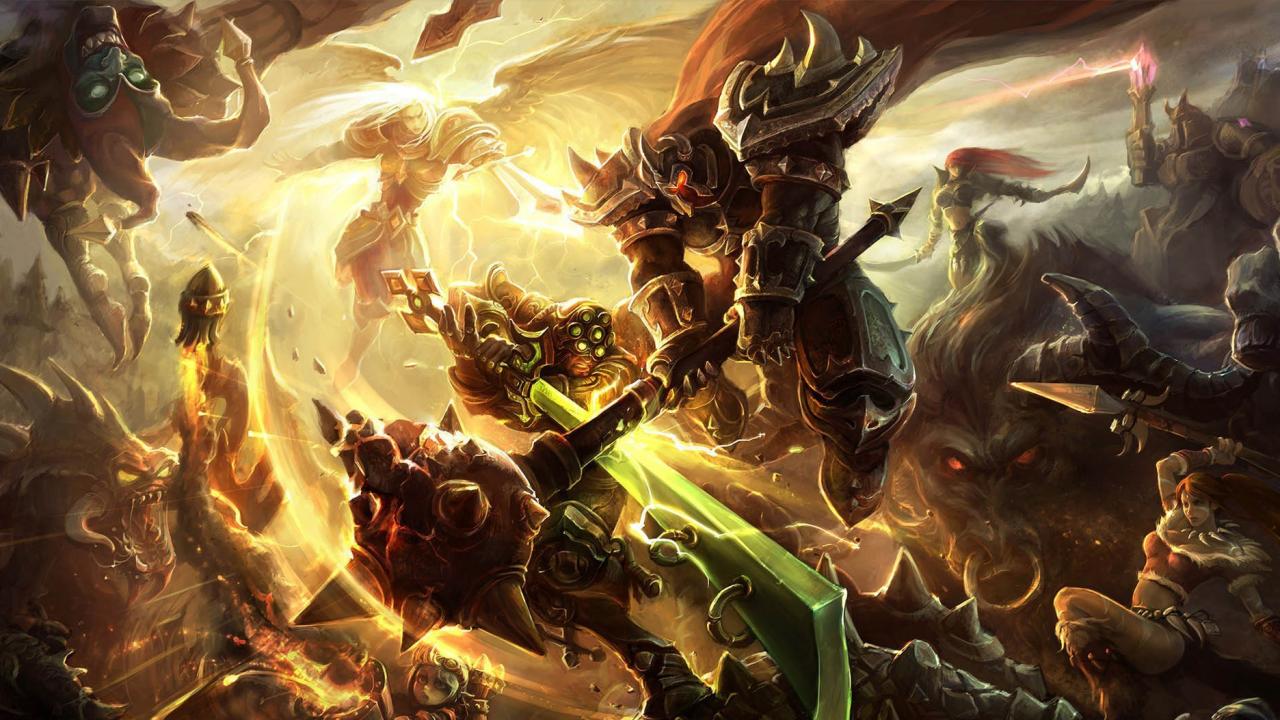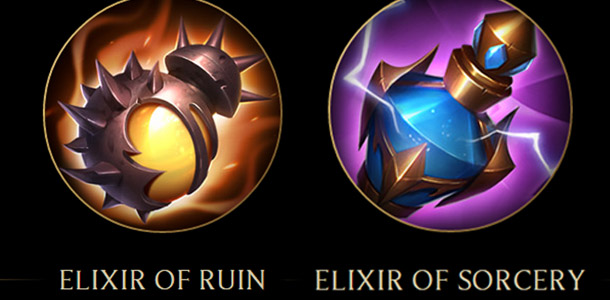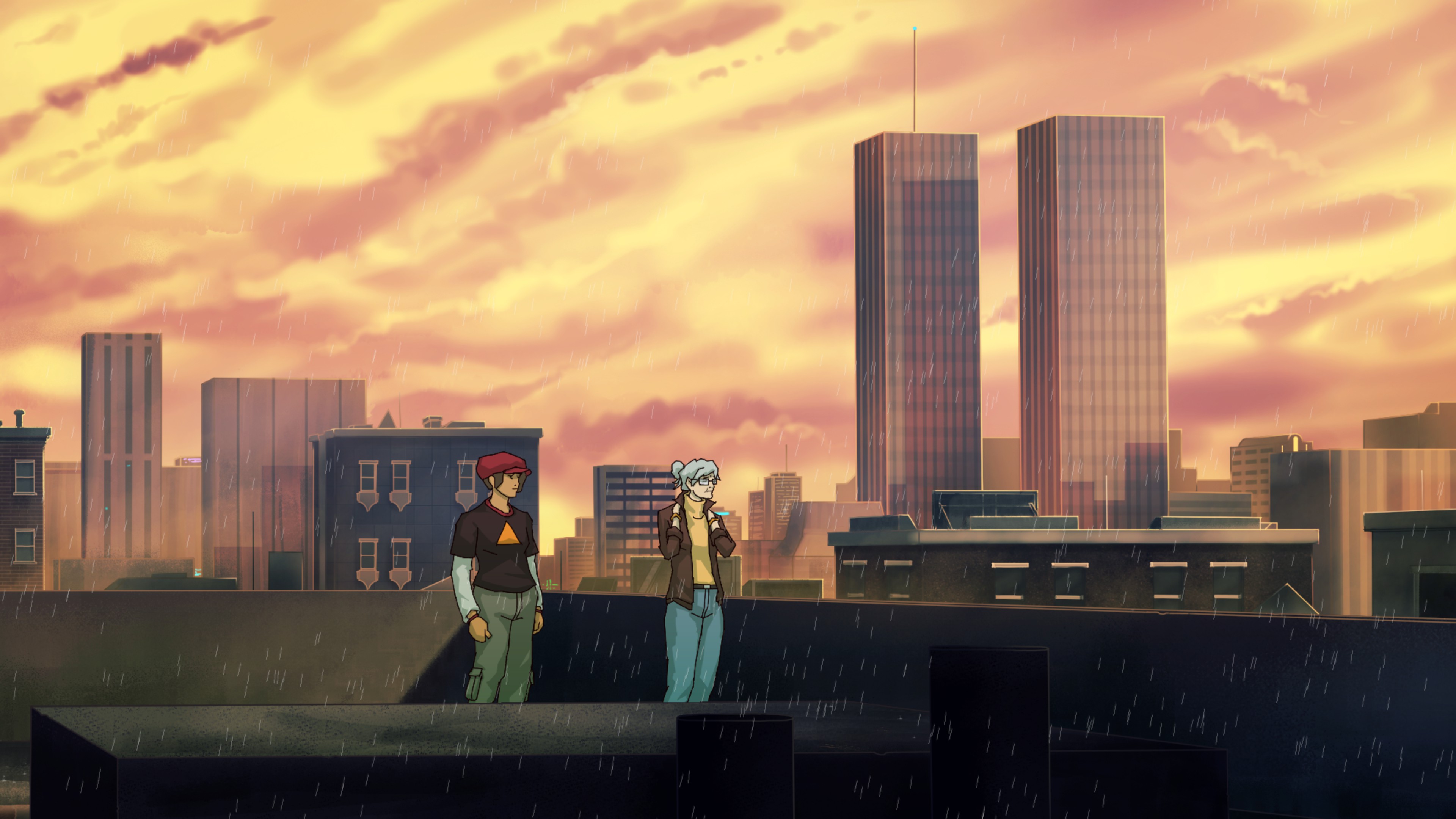
James Chen writes about the competitive and casual sides of League of Legends each week in Rift Remarks.
Article by James Chen
At times, the name of a genre can be a debacle all unto itself. It was obvious why Riot Games went with the MOBA moniker for League of Legends—even as "Multiplayer Online Battle Arena" is a mouthful of generic and nondescriptive marketing crap, at least it didn't outright advertise its competitors like "DOTAlike" or "DOTA-esque" would've done. True, the histories of either games and all of its kind are clearly traced back to the original Warcraft 3 mod (itself tied back to StarCraft's Aeons of Strife), but the stupidest thing a company can do is give free publicity to its erstwhile rivals, and Riot's genre rebranding's largely done the intended job.
There's an alternative term that's getting increasingly slung around, though, that might be a much better description of what this genre's fundamental gameplay actually is. The term "battle arena" implies that the genre's centered around combat mechanics, and the name "Defense of the Ancients" implies a passive win condition and gameplay focused around efficiently weathering attack.
Both give newcomers a false impression. You don't win by fighting all the time—not directly, anyhow. You don't win by sitting back and reacting to the opponent. You win by pushing the lane, stomping your muddy boots all over the map, and hammering your steel-shod toes against the enemy base. This is a Lane-Pushing Game, and the proof of it is hard-baked into its design.
In League of Legends’ case, the 2015 update was explicitly tuned with this in mind. The new and updated items are all deliberately or implicitly designed for map control. In fact, it's hard to be more obvious than by looking at the new Elixirs.
Elixir of Fortitude and Elixir of Brilliance have been replaced by a set of mid/late game consumables:
- Elixir of Ruin
- Grants bonus health, bonus damage to towers, and the “Siege Commander” buff
- Siege Commander: Nearby minions gain bonus damage to towers. Minions also gain movement speed based on your own movement speed.
- Elixir of Sorcery
- Grants bonus ability power, mana regeneration, and the “Sorcery” buff
- Sorcery: Damaging a champion or tower deals bonus true damage. This effect has a cooldown against champions but no cooldown against towers.
- Elixir of Iron
- Grants increased size, slow resistances, tenacity, and the “Path of Iron” buff
- Path of Iron: Moving leaves behind a path that boosts allied champion movement speed
- Elixir of Wrath
- Grants bonus attack damage and the “Bloodlust” buff
- Dealing physical damage to champions heals for a % of the damage dealt. Scoring a kill or assist extends the duration of this Elixir by 30 seconds.

Chug chug chug chug
Traditionally, elixirs have been a late-game afterthought—their relatively high cost and impermanence might win you the next immediate fight, but at the cost of setting players behind opponents who’ve saved up for permanent items instead. The new elixirs are even more expensive, unfortunately, and cannot be stacked on top of each other—yet the relevance of at least half of them will likely determine the quality and strategies of next year's competitions. And that is because their intended purpose largely mitigates the disadvantages of their predecessors.
The biggest gaming news, reviews and hardware deals
Keep up to date with the most important stories and the best deals, as picked by the PC Gamer team.
What's a team going to do when their entire front line of turrets are down? Not a whole lot. When we talk about map control in lane-pushing games, we're talking about where a team and player can safely operate—at least at the start, the enemy team isn't going to encroach upon your half of the map too often, as the static turrets on your side will make mincemeat of them if they press the issue too far. Turrets don't regenerate or respawn, at least not in most games of the genre (Dawngate, now defunct, is the lone exception I know of), making their demolition of the highest priority: once a turret's down, the surrounding area of the map's at best a no-man's-hand now, with a ganker around every corner and an ambush in every bush.
Thus, the new elixirs directly write the 2015 playbooks: statistical gain is less of a priority than territorial loss. The bonus turret damage from Ruin and Sorcery makes up for the delay on finished items—as does the global increase to base stats gain—and a team that's put on its back foot isn't going to keep you from farming off the deficit anyhow.
In fact, it's hard to pinpoint any categorical changes that weren't intended to throw an almost obnoxiously bright spotlight and emphasis on lane-pushing strategies. In the case of respawning objectives: both Baron Nashor and Dragon's been changed to emphasize damage on turrets and increase in minion DPS. In the case of the jungle revamp: the vision control granted by killing large jungle creeps heavily encourages invasive play so as to further deny territorial control to the enemy team.
Even in the case of the inbound jungler items: contextualizing them with the jungle changes makes it clear that they, too, are focused on territorial control. They're either designed to set vision control in a hurry, by demolishing the Scuttle Crab or Wolf camps on your side as soon as possible, or wrest control away by Smiting off the enemy side camps while the opposition is busy elsewhere. There are also "dueling" versions that help a bit with ganks, but given the overwhelming mechanical influence on territorial control, I see them being used much more often as means in which to fight back the opposing jungler's impertinence.
Acquired taste
Now, that's fine for the professional-tier players, coaches and analysts, who have had an interesting time revamping their playbooks and approaches, but what does it mean for us humble grunts in the solo queue trenches? Does it benefit us at all?
Well, hopefully. It's written on the walls, scribbled into the tooltips, and highlighted repeatedly by the game's design: gold is fine, kills are dandy, but the only way you're gonna win this game is if you push the lane. Newcomers to the game in the 2015 season, and especially those reaching account level 30 for the first time, will at least have all these new tools on hand that beat them over the head with the true nature of this game. This isn't a "battle arena"—the purpose of the game isn't go hunting for elusive pentakills. You can die a dozen times and all mistakes are forgiven if you're the one that sneaks into the enemy base and puts that last hit on their nexus.
It's a good lesson to teach. We'll see how effectively it's been taught when the ladder resets in a couple months.
PC Gamer is the global authority on PC games—starting in 1993 with the magazine, and then in 2010 with this website you're currently reading. We have writers across the US, Canada, UK and Australia, who you can read about here.


